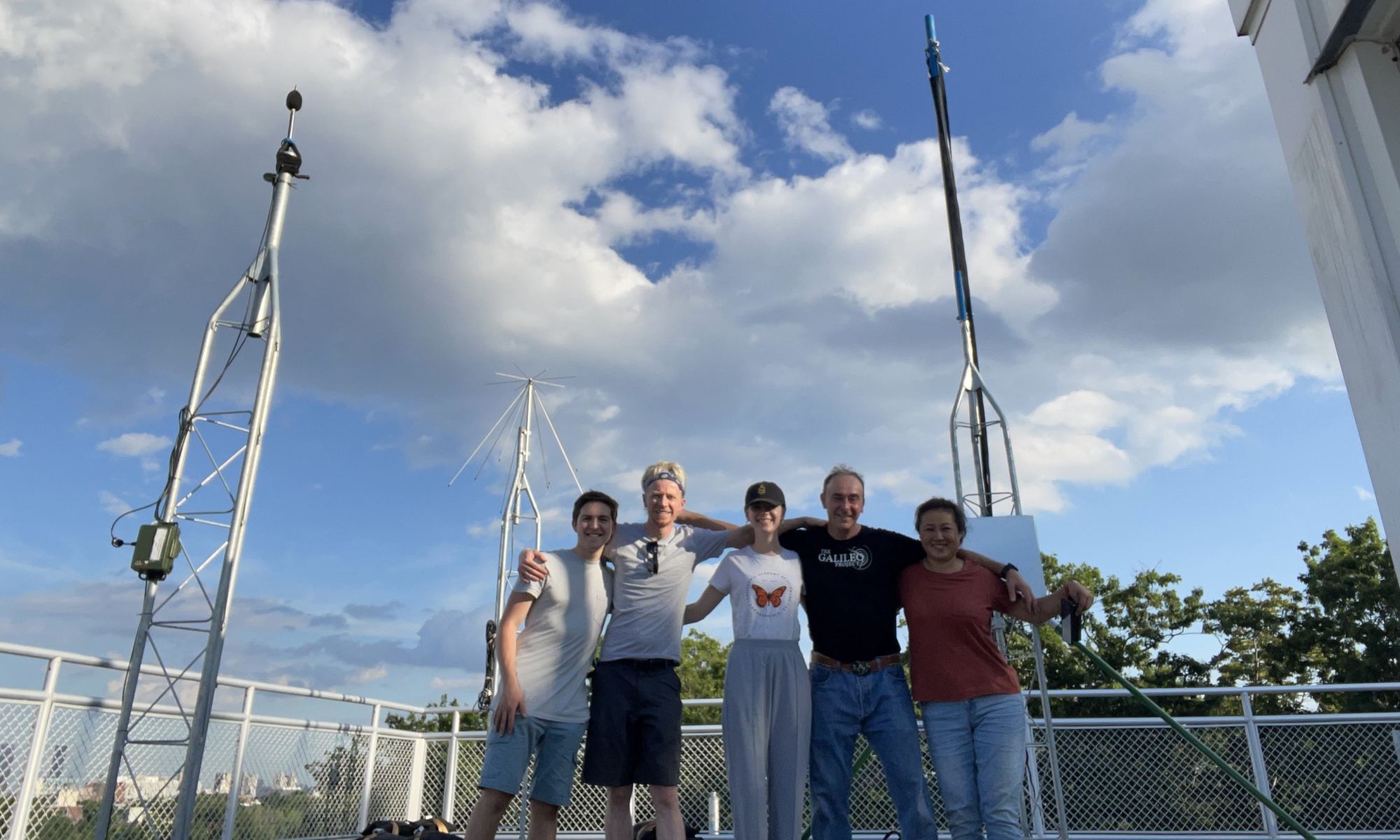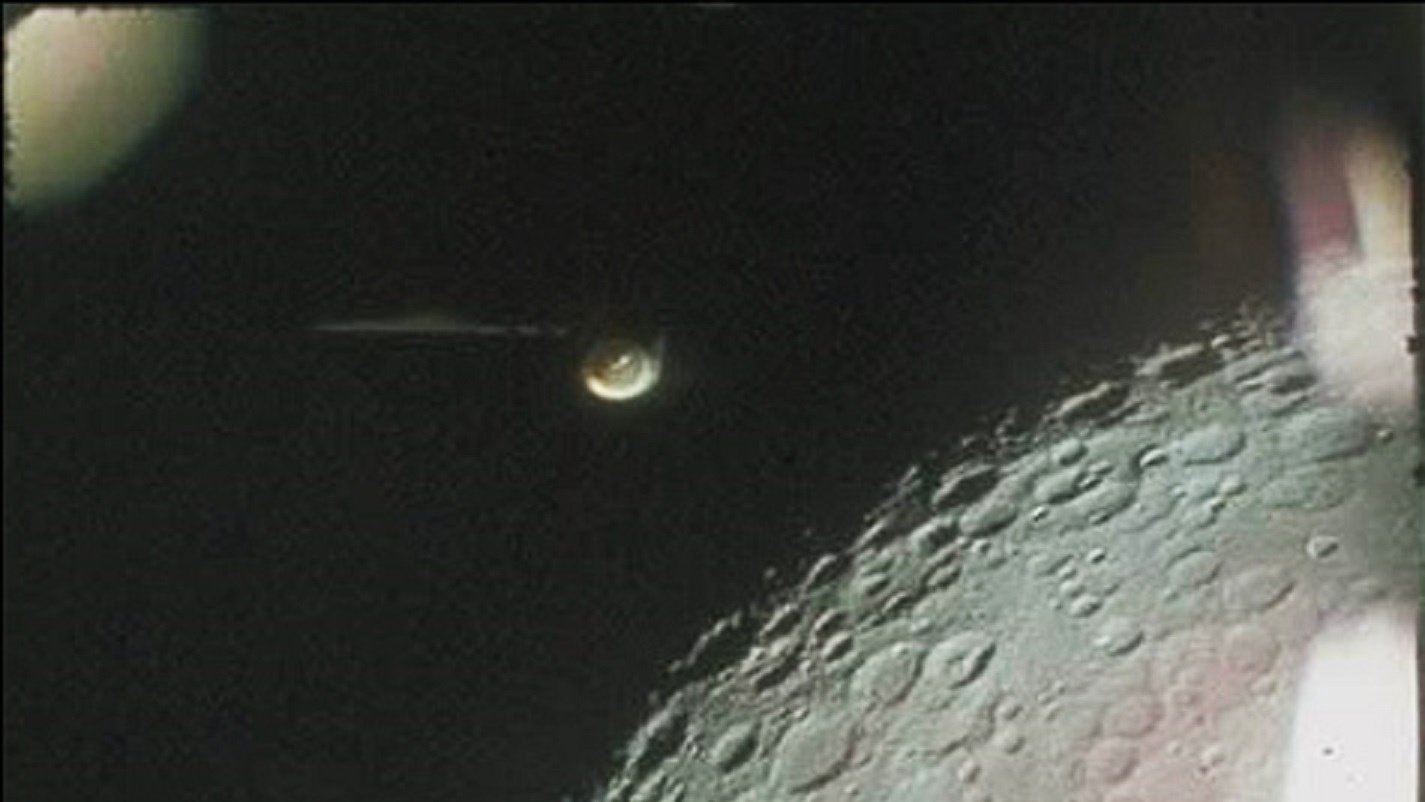Do aliens exist? Almost certainly. The universe is vast and ancient, and our corner of it is not particularly special. If life emerged here, it probably did elsewhere. Keep in mind this is a super broad assumption. A single instance of fossilized archaebacteria-like organisms five superclusters away would be all it takes to say, “Yes, there are aliens!” …if we could find them somehow.
Continue reading “Alien Artifacts Could Be Hidden Across the Solar System. Here’s how we Could Search for Them.”Alien Artifacts Could Be Hidden Across the Solar System. Here’s how we Could Search for Them.



